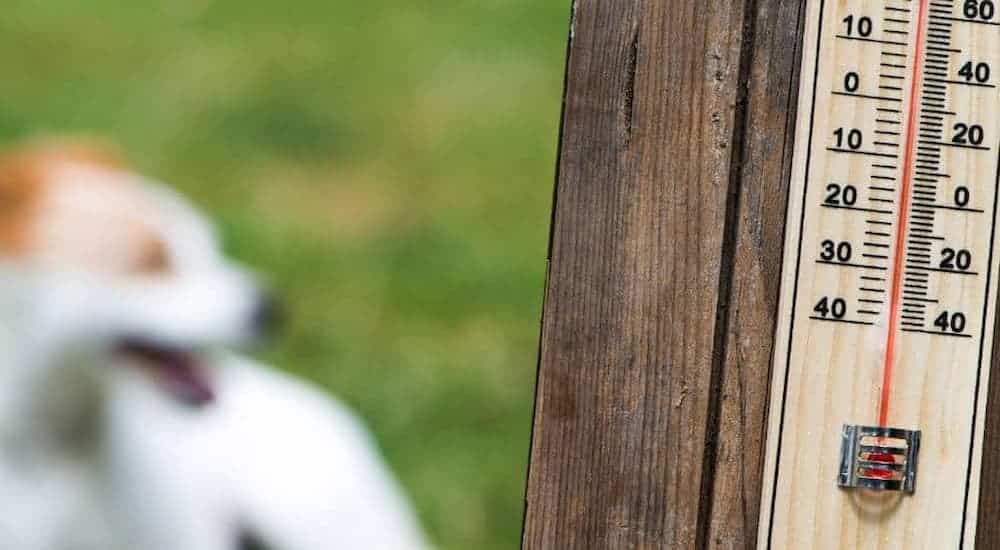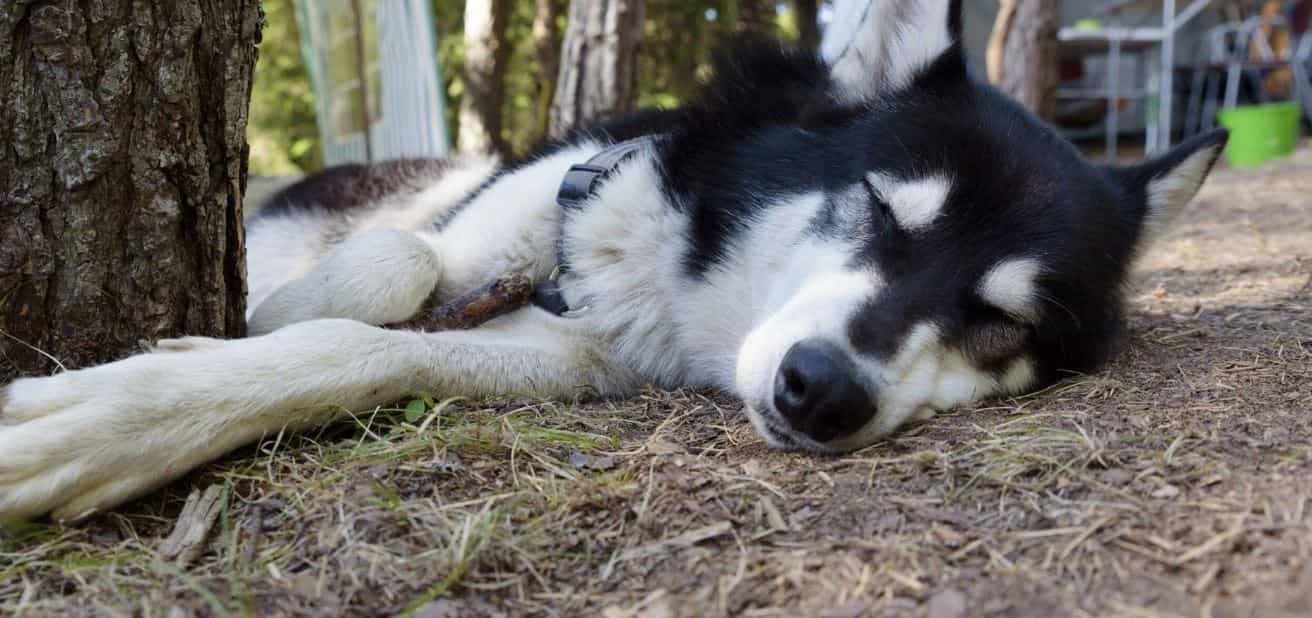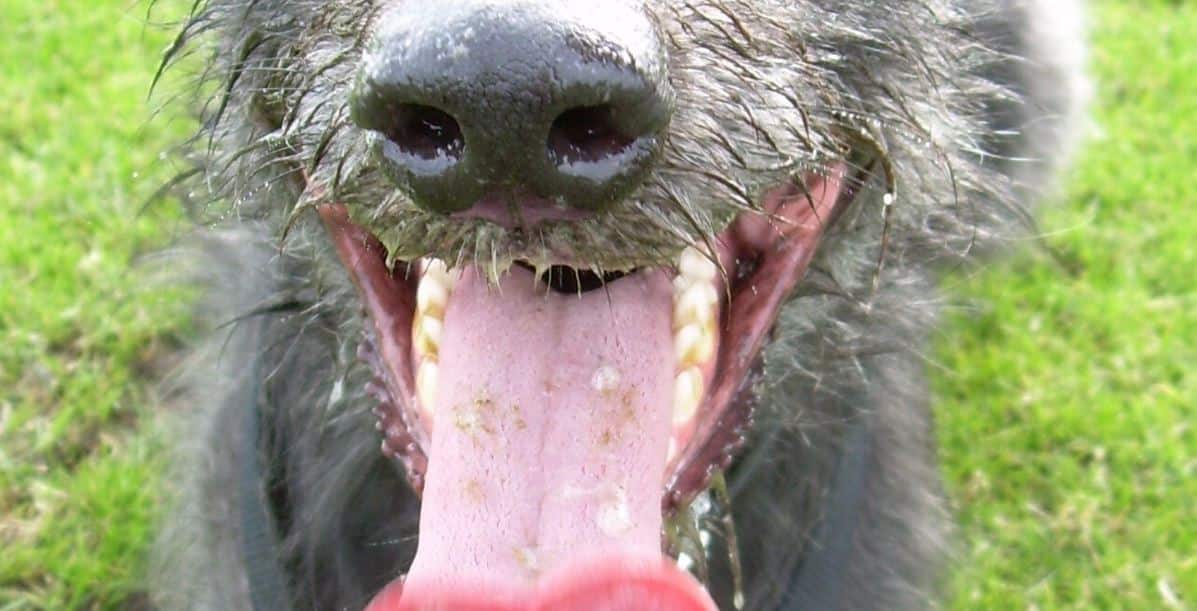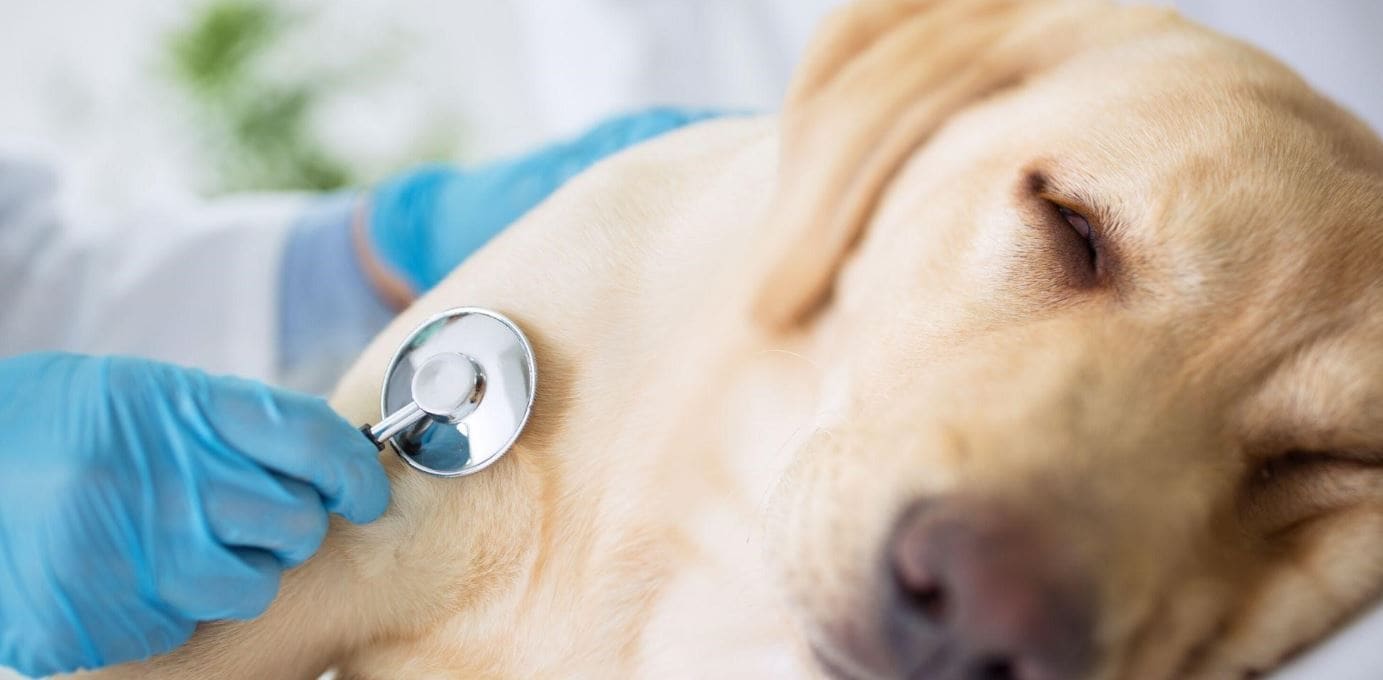Before you take your four-legged friend on a walk around the park, you check their temperature and it reads 88 degrees. You lather on the sunscreen, chug a bottle of water, grab your hat and sunglasses before leaving the house. But did you stop and think about how your dog will react to the hot summer weather.
Heat exhaustion in dogs and cats is something many people often forget. Your dog can’t tell you, “Hey mom, it’s too hot out, I don’t want to go for a walk right now,” so it’s your job to be able to recognize the warning signs of heat exhaustion before it’s too late.
Differences Between Heat Exhaustion and Heatstroke
The simple way to understand the difference between these two conditions is that heat exhaustion can lead to heatstroke. Heat exhaustion is the beginning sign that your body is having trouble cooling itself down.
Heatstroke is incredibly dangerous and can be fatal if left untreated. It is considered to be heatstroke when an overheated cat or dog’s temperature exceeds 105 degrees Fahrenheit.
Signs and Symptoms of Heat Exhaustion in Dogs and Cats
Both heat exhaustion and heatstroke in dogs and cats can happen quickly; therefore, it’s crucial to constantly monitor your pet’s behavior. Even if you are just going for a quick walk or sitting outside, you must be able to recognize when your dog or cat is becoming overheated.
Heat Exhaustion in Dogs
If you notice any of the below warning signs, you must move your dog to a cool, shady place to recover. Heat exhaustion precedes heatstroke, which gets out of hand quickly and could lead to death.
- Excessive drooling
- Fatigue
- Unwillingness to get up and walk
- Dehydration
- Lack of urine
- Dizziness
- Vomiting or diarrhea
- Muscle tremors
If your dog does not want to get up and walk, never force them. This is their way of explaining it’s too hot and they don’t want to continue. Your top priority should always be your pet’s comfort and health, especially during hot summer weather.
Heatstroke in Dogs
Heatstroke consists of some of the above symptoms, as well as more severe signs such as:
- Fever
- Rapid pulse
- Seizures
- Severe shaking
- Bright red, blue, grey, or purple gums
- Unconsciousness
- Death
When it comes to heatstroke in dogs, you must call your vet immediately. Heatstroke can affect major organs; therefore, it’s critical you get your dog checked out immediately. The vet may be able to provide fluids and other medications to reduce the pet’s temperature.
Heat Exhaustion in Cats
Just like dogs, heat exhaustion precedes heatstroke for cats. If you notice any of the below warning signs, you must move your cat to a cool, shady place to recover.
- Panting that may increase as heat exhaustion progresses
- Salivating
- Pacing or restlessness
- Loose bowels
- Dehydration
- Lack of urine
outside and inside cats can become overheated. Outside cats can wander too far from home and become stranded in the heat. Inside cats can become too hot if their room is too sunny or if there is little to no air circulation.
Heatstroke in Cats
Heatstroke in cats may include some of the above symptoms, as well as more severe signs such as:
- Bright red tongue
- Rapid panting or heart rate
- Shivering or shaking
- Unable to breathe properly
- Very red or pale gums
- Blood is seen in vomit or diarrhea
Overheated cats who may be experiencing heat exhaustion or heat stroke need to be taken to the vet immediately. Because cats are more independent than dogs and may hide, it’s important to keep the house at a consistently cool temperature and know where your cat’s main hiding spots are. Check on them throughout the day and always make sure they have plenty of fresh water.
What Pets Are Susceptible?
Pets of all genders, ages, breeds, and activity levels are all at risk of overheating; however, overweight pets and those that suffer from medical conditions such as difficulty breathing or heart problems are more susceptible.
High-activity hunting dogs and cats are also at risk. Senior dogs going through medical treatments should always be kept inside during warmer temperatures. Dogs with flat-faced muzzles like boxers and bulldogs can get overheated easily due to decreased breathing ability.
One of the most surprising facts is that heat exhaustion in dogs and cats can also be caused by high-humidity. Remember to check both the temperature, allergen, and humidity levels before going outside with your pet.
The Dangers of Heat Exhaustion and Heatstroke in Pets
If not addressed, heat exhaustion in dogs and cats can lead to heatstroke quickly. Some pets may experience permanent organ damage such as liver or kidney damage. Overheated cats and dogs may seem fine after their episode at first, but can easily develop severe symptoms leading to death. After recovery from heat exhaustion, pets should be monitored closely to make sure they are fully cooled down.
When a pet is taken to the vet for heatstroke-related issues, the pet’s rectal temperature should be monitored until they show signs of recovery or their temperature has fallen below 103 degrees Fahrenheit. Unfortunately, those who become comatose are very difficult to save.
How to Avoid Burned Dog Paws
People often forget that roads and sidewalks can heat up exponentially during the summer. Burned dog paws can be excruciatingly painful and need to be avoided at all costs. Before going for a walk, place your palm down on the concrete or asphalt to test how hot the road is. If you can keep your palm facedown for more than 15 seconds, it is fairly safe to walk.
Always allow your dog to walk on grass, if possible. If you are still concerned about the temperature, you can walk during the early morning or late evening hours when the threat of heat is lower. Burned dog paws can happen quickly, especially during the peak of the day. Pay attention to your pup’s behavior and always be willing to go home at any time.
Safety Tips to Avoid Pets Overheating
With everything said, summer is a great time to enjoy the outdoors with your furry friend. Thankfully, there are some simple ways to keep your pet safe during the summer so you can still have fun in the sun.
- Always provide plenty of fresh drinking water
- Make sure there are shady areas for your pet to rest
- Go for walks in the early morning or late evening to avoid peak temperatures
- Wet your dog down with the hose or a bucket before going for a walk
- Get a harness that is made out of light, breathable material
- Go for a few, shorter walks rather than one longer one
- Allow cats to roam around in your house or isolate them in a shady, cool room
- Set up fans to keep air circulating in your home
- Put ice cubes in your pet’s water bowls
- Feed them frozen fruits or veggies (make sure they are safe for pets to consume)
- Avoid bringing your pet for a car ride unless it is cooler than 72 degrees
Have fun with your pet, just make sure to monitor their behaviors to keep them cool and comfy. Even if you’re not hot, always think about how your fur baby may feel sitting or walking in the hot sun.
Pet Insurance Protection
We understand that summers can get hot and it may be difficult to constantly monitor your pet at all times. That’s why Prudent Pet is here for you when times get ruff. We have some of the most comprehensive and flexible policies that can cover your pal if they happen to get heat exhaustion or heatstroke.
If you want to enroll your beloved pet in cat or dog insurance so they are covered for whatever life throws their life, call us at 888-820-7739 or get a FREE quote.








